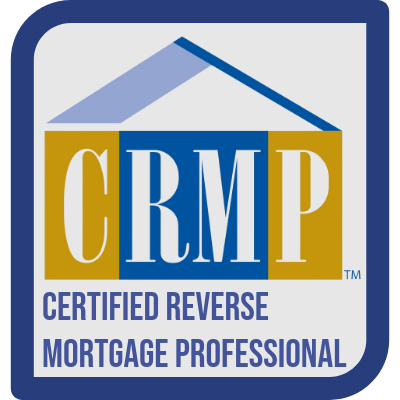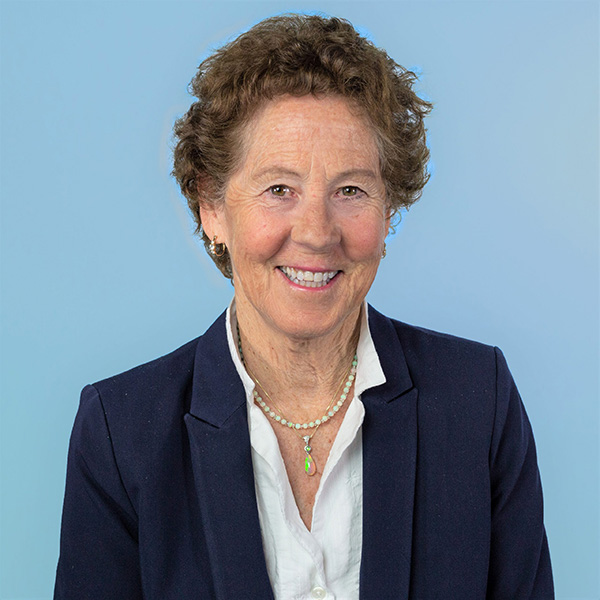
One of the major benefits of a reverse mortgage is that it can be used to cover the costs associated with long-term care. Over the next few decades, the number of older adults in the United States is projected to double and triple. For this reason, long-term care is projected to become a major expense. For many, it is already a burden.
How Can A Reverse Mortgage Pay for the cost of Long-Term Care?
Most seniors want to age in place, stay living in their home. Yet long-term care is one of the largest, unexpected expenses encountered by older adults. Often, coinsurance associated with a health insurance policy, combined with the lifetime caps on many policies, can shift significant medical costs to the individual. This leaves many individuals looking for another source of cash flow. Many are on a fixed income and there are not a lot of options.
This is where a reverse mortgage might be an appropriate option. If a home is free and clear, a reverse mortgage might provide seniors with a much-needed cash infusion to cover the costs associated with long-term care. If there is a mortgage on the house it must be paid off with the reverse mortgage ( a refinance) before additional funds are available. A small payoff will result in greater cash flow to the borrower with a reverse mortgage.


